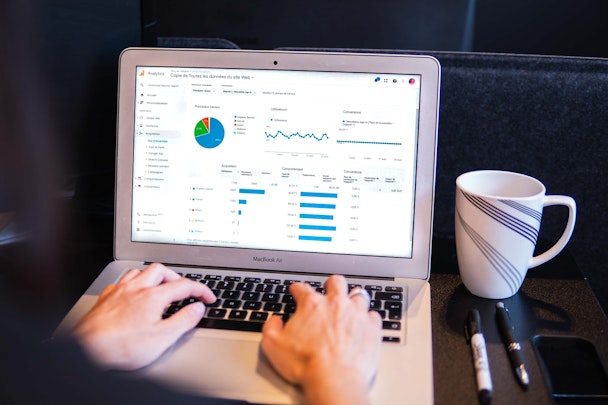The future of measurement: why it’s time for CMOs to kick the cookie habit
Over the past decade or so, professional marketers have developed a relationship with third-party cookies and Mobile Advertising IDs (MAIDs) that, arguably, has morphed into an addiction.

The future of measurement: why it’s time for CMOs to kick the cookie habit
Digital media channels have become increasingly popular with marketers for one core reason: traditionally, digital channels have been easier to measure than things like TV or print ads. Being able to accurately measure the reach and calculate the ROI of digital campaigns is hugely attractive to CMO’s.
Not only does this give them the information they need to optimize and improve the effectiveness of their digital spending, but it also arms them with quantifiable facts and figures to take to their boards and justify their positions.
However, there’s a problem. The final withdrawal of third-party cookies, together with increased restrictions on the use of MAIDs, means that much of the data that enables marketers to track individual customers across different sites and platforms are disappearing. This, in turn, means that the sort of granular measurement and attribution CMOs have become used to will no longer be possible.
As well as restricting the measurement of reach and attribution, the loss of this data from devices will also affect things like programmatic buying, remarketing, and frequency capping. Many of the senior marketers we’re talking to have already started to think through the various impacts of life without third-party cookies and reduced access to MAIDs, however, it’s clear that many other CMOs remain underprepared to go ‘cold turkey’.
On the road to recovery
Measurement is important to marketers and it will remain important, with or without third-party cookies. While CMOs won’t have access to the same level of hyper-detailed attribution data they once had, it could be argued that the loss of third-party cookie-based tracking will, ultimately, be a good thing for the marketing industry.
In their desire to quantify the value of their work, many marketers have doubled down on metrics that are easy to measure but, ultimately, are not particularly important to their organizations’ core objectives. The demise of third-party cookies could act as a wake-up call and prompt alternative measurement solutions that revisit more traditional pre-digital marketing techniques and focus on results.
Of course, marketers will still have access to personal data where individual consumers have given their permission for that. At Blis, even if we lose something like 50% of the data flowing through our platform every day after the withdrawal of third-party cookies, we'll still see hundreds of millions of devices and cookies every month. That data can then be analyzed and extrapolated in a very similar way to how the ‘viewability’ of TV ads is already calculated today. The key to this approach is that the extrapolation is reasonable and statistically robust.
Better than before
Another key trend in terms of measurement will be an increased role for location-based, regional campaigns. Not so long ago, it was common for national TV campaigns to run with certain control regions blanked out for measurement purposes. In this way, the brand’s performance in regions where a campaign ran could be compared and measured against the regions where it did not, all without the use of any personal data. This technique, combined with the real-time flexibility of digital channels, is likely to see a significant revival in the months ahead. By using modern machine learning and big data techniques, regional or audience control groups can be better automated and more nuanced than ever before.
We have been busy building alliances with partner organizations that offer access to other forms of rich, privacy-compliant, anonymized data (such as shopper and POS data) to better inform and target our clients’ campaigns. We see a big role for location-based shopper marketing in the future.
The shift to more place-based forms of measurement offers marketers the chance to better synchronize the digital components of their marketing plan, creating a richer experience for customers. For example, CTV can be activated programmatically at the postcode level, but you can also make more dynamic decisions around individual set-tops, programs, etc.
The withdrawal of third-party cookies and restrictions to MAIDs are going to shake things up for CMOs for sure, but there’s no need to break out in a cold sweat. We believe that embracing privacy and transparency is the right thing to do for consumers and that measurement will still be possible.
In fact, by combining location-based solutions with traditional marketing techniques, all underpinned by robust statistical analysis, the marketing industry has an opportunity to clean up its act, get back to its creative roots and deliver better results than ever for brands and consumers alike.
To hear more about the broader industry’s thoughts on measurement, you can watch my panel discussion with Fospha, MediaHub, and MediaSense where we’re asked: ‘can the cookie-less world be made to measure?’
Content by The Drum Network member:

Blis
Blis is an omnichannel advertising platform like no other. We allow planners to plan, buy and measure high-performing audiences without relying on IDs, helping the...
Find out more
